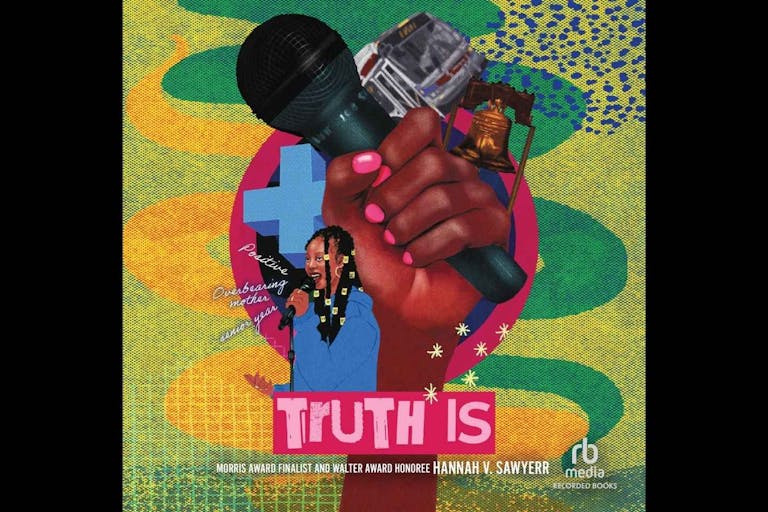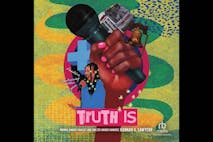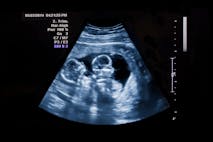
New young adult book promotes abortion
Cassy Cooke
·
Turning lies into truth: How the Roe v. Wade Court relied on fabricated history
The power of the modern state makes it possible for it to turn lies into truth by destroying the facts which existed before and by making new realities to conform to what until then had been ideological fiction.
— HANNAH ARENDT1
With the 40th anniversary of Roe v. Wade approaching, the deceit surrounding the Supreme Court’s decision to legalize abortion in every state is coming under renewed scrutiny. In the book Roe v. Wade: Unraveling the Fabric of America, Philip Rafferty makes two main points: first, politicians today use religion not to oppose abortion, but to defend Roe; and second, the Supreme Court misrepresented the history of both abortion and the developing child under English common law to justify its ruling in Roe.
To begin, Rafferty focuses on Catholic politicians, including John Kerry and Nancy Pelosi, who claim to be personally opposed to abortion while insisting that, in a pluralistic society, they can’t impose a “religious” belief on those who don’t hold that belief. Essentially, such politicians want abortion to be legal, so they assert that abortion is a religious issue, and then cite their Catholic faith as the reason they can’t oppose abortion.
Of course, this line of reasoning is completely illogical. Ultimately, when life begins and when killing should be permissible in a society are questions of science and law, respectively. Indeed, claiming that opposition to abortion is exclusively a religious issue is as ridiculous as claiming that opposition to rape and theft are exclusively religious issues.
Now, with regard to misrepresenting history, in Roe, the Supreme Court said that “the law in effect in all but a few States until mid-19th century was the pre-existing English common law.” And the Court added, “It is thus apparent that at common law, at the time of the adoption of our Constitution, and throughout the major portion of the 19th century … a woman enjoyed a substantially broader right to terminate a pregnancy than she does in most States today.” (Emphasis added.) Finally, the Court relied heavily on this “observation” when deciding that “the word ‘person,’ as used in the Fourteenth Amendment, does not include the unborn.”
However, the Court’s “history” was fabricated. In reality, prosecutions for both abortion and killing the developing child under English common law have been documented and date back to the 1200s. Rafferty cites, and summarizes, cases from the following years: 1247, 1281, 1311, 1321, 1327, 1329, 1330, 1348, 1361-62, 1409, 1530, 1532, 1600, 1602, 1672, 1718, 1732, 1755, 1785, 1801, 1811, 1832 and 1848. Covering seven centuries, the cases demonstrate clearly that a woman never had a right to abortion, while a developing child always had protection from killing, under English common law.2
Article continues below
Dear Reader,
In 2026, Live Action is heading straight where the battle is fiercest: college campuses.
We have a bold initiative to establish 100 Live Action campus chapters within the next year, and your partnership will make it a success!
Your support today will help train and equip young leaders, bring Live Action’s educational content into academic environments, host on-campus events and debates, and empower students to challenge the pro-abortion status quo with truth and compassion.
Invest in pro-life grassroots outreach and cultural formation with your QUADRUPLED year-end gift!
Notably, Rafferty’s arguments don’t presuppose or assume that, as a matter of fact, a fetus is a human being. Instead, Rafferty argues “on his
opponent’s grounds.” On the one hand, this approach serves the purpose of refuting the fundamental premises of Roe, without raising the contentious issue of the fetus’s humanity. For example, on the current Supreme Court, even Justice Scalia (while in favor of overruling Roe) has said that whether or not a fetus is human is unknown.3 On the other hand, the alternative pro-life position is that science, and specifically embryology, has established that human life begins at conception, and the pro-life case is strongest when this fact is highlighted in the pro-life argument.
Overall, this is primarily a law book, and it reads as such, with a structured layout, frequent references, and so on. So, a light, easy read it’s not. However, the case citations alone are a valuable resource for pro-life advocates.
Since Roe, legal abortion has killed over 48 million innocent human lives. And the decision was based on, and is being supported by, lies.
Notes:
1. Quoted in W. Pfaff, “Refugees: The Beast of Unreason Stirs Again,” L.A. Times, July 8, 1979, Pt. V (Opinion Sec.), p. 3.
2. The betrayal of truth on this point goes well beyond the Roe Court. Years later, in Webster v. Reproductive Health Services and Planned Parenthood v. Casey, briefs were filed with the Court that quoted legal authorities dating back centuries and cited a number of the old English and American cases involving prosecutions for abortion and killing the developing child. But in both Webster and Casey, the Court ignored the evidence and refused to overrule Roe.
3. During the oral arguments in Webster v. Reproductive Health Services, Frank Susman, the lawyer for the Missouri abortion clinics, argued that “the basic question … whether this [the fetus] is a human life or whether human life begins at conception, is not something that is verifiable as a fact. It is a question verifiable only by reliance upon faith.” In reply, Justice Scalia said, “I agree with you entirely” and called the fetus “this thing that we don’t know what it is.”
Live Action News is pro-life news and commentary from a pro-life perspective.
Contact editor@liveaction.org for questions, corrections, or if you are seeking permission to reprint any Live Action News content.
Guest Articles: To submit a guest article to Live Action News, email editor@liveaction.org with an attached Word document of 800-1000 words. Please also attach any photos relevant to your submission if applicable. If your submission is accepted for publication, you will be notified within three weeks. Guest articles are not compensated (see our Open License Agreement). Thank you for your interest in Live Action News!

Cassy Cooke
·
Pop Culture
Cassy Cooke
·
Analysis
Cassy Cooke
·
Analysis
Cassy Cooke
·
Analysis
Bridget Sielicki
·
Analysis
Cassy Cooke
·
Media
Paul Pauker
·
Opinion
Paul Pauker
·
Opinion
Paul Pauker
·
Media
Paul Pauker
·
Analysis
Paul Pauker
·